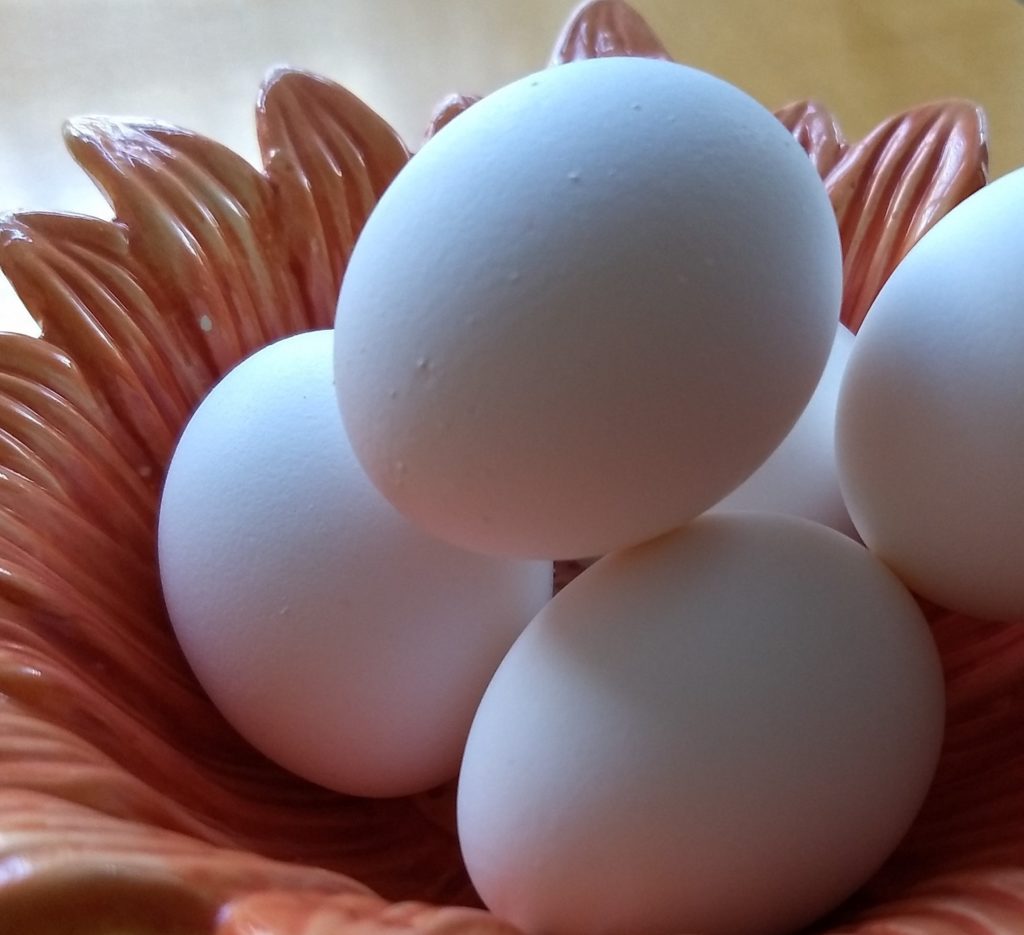A lot of food goes to waste in the typical U.S. family’s kitchen. TIME reported that the average family throws away $640 worth of food every year. That’s enough to feed a family of four for a whole month! At Food for Others, it is important for us to try to reduce this waste in our own homes because every day we see Northern Virginians struggling to put food on the table.
Most of the food wasted in our homes comes from our refrigerators. Not organizing our food is the problem. Without a little sorting, it becomes very easy to forget what foods we have, letting them turn inedible instead of eating them while they are still tasty. With a little effort, you can make your refrigerator your partner in avoiding wasted food.
If you do only one thing, get rid of what I call the “dead zone.” The dead zone is the space at the back where leftovers go to die. We may be great at saving leftovers, but then we don’t follow up and eat them. We often shove them to the back of the refrigerator knowing they won’t see daylight again until they look like something the Environmental Protection Agency should be called in to inspect. At that point, we feel guilt-free throwing them away.
Doing what you can to keep leftovers up front, clearly labeled and saved in an appropriate container, will go a long way toward making sure you eat them instead of throw them away. Besides, who isn’t happy to find spaghetti and meatballs, left over from last night, just waiting to be microwaved?
Why such an emphasis on leftovers in a food waste discussion? Most likely no food in your kitchen has had more energy expended on it than the food that has been prepared into meal form by you or a restaurant. Each ingredient of each dish you eat at the meal was grown or produced, shipped to a whole-saler, shipped again to either a store or a restaurant, and then combined with other ingredients by a home cook, line cook or chef to make a meal. It’s expensive and wasteful when we expend so much energy without consuming the end result.
In addition to better managing your leftovers, there are other steps we can take to keep good food out of the landfill. An easy one is simply throwing out inedible food promptly. Removing the food that has gone bad in your refrigerator makes room for the still delicious items to be seen and used. In the end, tossing on time means tossing less.
Finding new uses for food that is still safe to eat but not super fresh is helpful too. Floppy carrots, softening celery and limp kale make great additions to soup. Sad fruits can be added to a smoothie or cut up and microwaved with sweetener and spices for a quick single-serve dessert. Stale bread makes great French toast, bread pudding, croutons and stuffing.
What about the collection of bottles and jars of food that you have hanging inside your refrigerator door? It helps to weed out what is inedible so you can be more likely to use what is still good to eat. Don’t make the assumption that the fancy mustard has gone bad just because you’ve had it for a long while. Really look at the contents. Since your cans and bottles have been refrigerated, you can usually use them well past their expiration date. That date is assigned so that grocers can rotate out older stock and bring in newer foods. It isn’t a clear statement that the food is or isn’t good to eat.
Make sure the temperature in your refrigerator is the optimum 40 degrees or slightly below. This is a quick and simple way to reduce food spoilage.
Finally but most importantly, draw up a meal plan each week, create a shopping list based on that plan and then stick closely to the grocery list while visiting your grocery store. Consider using up ingredients already in your kitchen, particularly your refrigerator, that are nearing the end of their lifespan. If you overbuy items that need to be cooled, you will be donating some of them to the dump eventually.
It doesn’t have to be time consuming to manage your refrigerator and reduce food waste. Pick just a couple of things that you can do differently and be proud of the good results that will follow.
Dawn Matson – Food for Others volunteer


